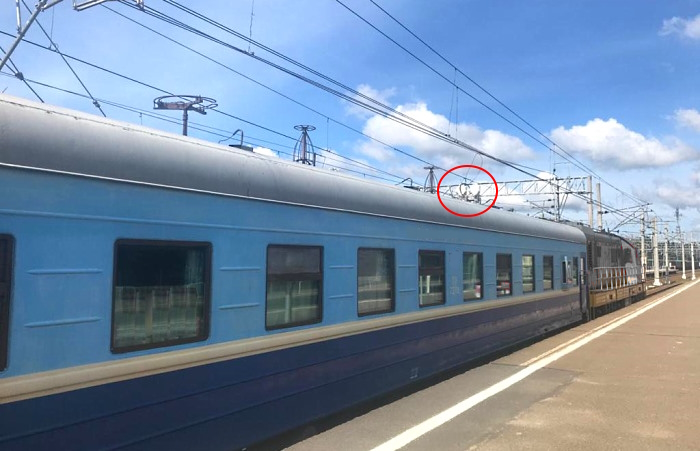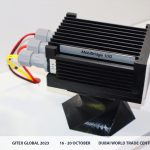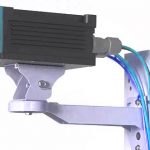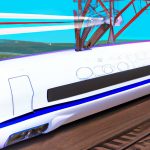Resilient and secure broadband communications for high-speed rail is true now. ELVA-1 70/80 GHz wireless radios were successfully tested for train-to-ground communication at real railway conditions on high-speed railway line. The max aggregated throughput reached 11300 Mbps.
ELVA has reported on the successful testing of E-band train-to-ground communication system on high-speed railway line. The tests were conducted at a 6.3 km section of track.
This train-to-ground communication system is designed to solve the problem of providing high-speed trains with a broadband Internet connection on straight sections of the railway. In the live experiments, the test track section of 6.3 km was divided into three passes at distances of 2,300, 1,300, and 2,700 m between base stations with compact 30 cm diameter antennas.
For minimizing the cost of the project, PPC-10G base stations could be deployed at 2 km distance from each other or even longer. Such distance is probably the longest one in the industry consider various publicly available reports. The other factor for lowering project cost is PPC-10G base stations ability for installation at existed contact wire supports (masts) along the tracks with minimum efforts and using cheap mounting sets.
For testing the connection on the move, railway operator has provided a communication laboratory carriage with the locomotive. On the roof of the laboratory carriage in both directions, forward and in the opposite direction, sets of PPC-10G radios with small horn antennas were installed. A series of passes were carried out along the test section of the railway in both directions and with a change of the track (passes at the first and second main tracks).
The following results were confirmed at the final test report signed by the operator’s officials:
- A stable data exchange rate from any base station was protocoled at 5650 Mbps, while the total data transfer rate was 11300 Mbps (taking into account communication in both directions as 2x 5650 Mbps).
- The minimum data transfer rate for all tests was no worse than 2800 Mbps per channel (the total bandwidth to train was no worse than 5650 Mbps consider connection into both directions).
- The maximum distance between the base station to provide any train-to-ground connection was 4 km, with the confirmed recommended distance between base stations about 2 km.
- The network architecture works stably on straight sections of the track in conditions of line of sight between base stations and train radios. An essential condition for the stability of the connection is the straight-line profile of the track without curves, significant differences in heights (descents and ascents), which is generally typical for the structure of high-speed railways.
Download 11.3 Gbps wireless Train-to-Ground connectivity test report with logs






